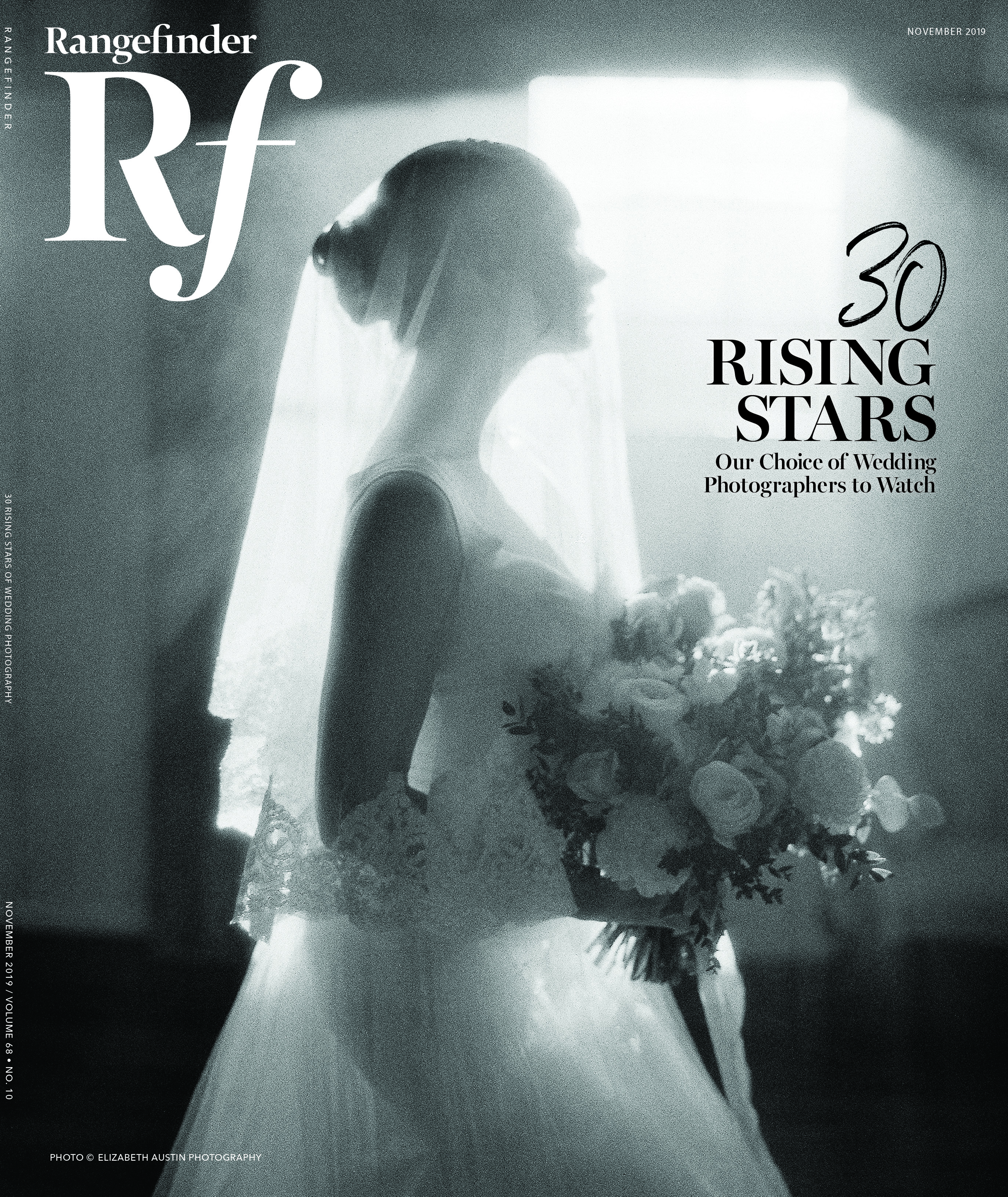Mind Your Own Business – Marketing Mojo: Meeting Your Clients’ Unspoken Needs
March 1, 2009
When it comes to selecting a professional photographer, the public has a multitude of options. How can you help prospective clients decide if you or another photographer will best suit their needs? What can you do to make the buying decision about more than a portfolio or price?
A few weeks ago, a post caught my eye on Black Star Rising (rising.blackstar.com), a website dedicated to “the art and business of photography, written by and for pro photographers and photography buyers,” as the site declares. The post, by photographer Michael Fox, was about meeting clients’ unspoken needs.
I was intrigued by the concept. As I read on, I realized that the subject is at the core of every effective marketing program. A corporate photographer with an international perspective from years of working in Europe, South Africa and the United States, Michael shares his insights on www.mikefoxphotojournalist.blogspot.com, as well as the site rising.blackstar.com. I emailed and asked him if he would address the subject for Rangefinder readers. His insights follow.
Spoken and Unspoken Needs
When a bride-to-be sets out to select a wedding photographer, she usually has an idea about her favorite photo style, preference for color or black-and-white and must-have posed photos. During preliminary interviews with prospective photographers, she discusses her requirements, including whether she wants the day’s photos preserved in albums or photo books; how many and what sizes; how many will be showcased in frames; how photos will be shared online with family and friends; who must be photographed; how much time will be spent on photos before, during, and after the ceremony and reception.
“In their first conversation with photographers, brides may be less likely, however, to mention whether they have a preference for a photographer who tells everyone where to stand and how to stand or one who socializes with guests, blends in with the crowd, and remains invisible at the event, or what their preferences are regarding a photographer’s age, gender, nationality or work experience,” says Michael.
Marketing managers looking for photo coverage of a corporate event will hire photographers who can effectively capture images that portray employees and companies in the most flattering way, with company logos and products visible wherever possible. “While they hope to be able to hand over a brief of the assignment to their event photographers and get the required results, they may not make that point clear,” he explains.
Photographers who can assure their prospects that they are capable of covering the events according to their expectations—freeing the managers to attend to other activities—are golden.
In both instances, asking the right questions and discovering your prospects’ or clients’ unarticulated requirements or preferences can be the key to earning their confidence and their business, meeting their expectations and generating positive word-of-mouth. And all because you took the time and cared enough to understand their perspectives.
“Engaging a prospect in conversation that goes beyond the basics of the assignment gives you a chance to show you understand their position,” says Michael. “For example, I ask some questions about the shoot, what they want to achieve, how the photographs will be used, who will see the photographs, are there any subjects who dislike having their photograph taken? Will there be graphics and logos on display that should be part of the photograph, how quickly will the photographs be needed, in what format, with what resolution?”
Discovering your clients’ unspoken needs can lead to other business benefits, as well. “By asking a prospective client what he or she is trying to achieve with the photographs, you show you are genuinely interested in the success of their project,” says Michael. “Do they really want to get into details with many different photographers? Probably not. They’re busy people. But if you appear to understand what they are trying to achieve, they are more likely to make a commitment early on.”
It’s probably safe to say that if prospects are not interested in discussing the job in any detail or answering any of your follow-up questions, it follows that they aren’t very interested in the photographs either. They may have been asked to hire a photographer and don’t consider it a high priority. “In such cases, be sure you spell out the scope of the assignment very clearly in the contract so there is no trouble when the photos you deliver fail to meet the quality that brought them to you in the first place,” advises Michael.
Asking of questions and dos and don’ts (see below) apply to new and existing clients. “With my roster of existing clients, I provide a number of services that show caring while supporting my marketing efforts,” he says. “For example, I make a point of penciling in annual events for which they have hired me, and contact them two months before the scheduled events to confirm the date. It is easier to be able to check off ‘hire photographer’ on their project plans when they have had positive experiences in the past. I also advise them of my schedule during busy seasons, and give them first refusal on tight time slots.”
With many reasons for choosing one photographer over another, the better you understand a prospect’s concerns and take the time and effort to determine unspoken needs, the more likely you will be to win new business and build long-term client relationships.
Communications Checklist
To uncover your clients’ unspoken needs, here are a few dos and don’ts to jump-start the process:
DOS
– Do research on your client’s industry to sound informed about their market, allowing you to speak with them in a common language.
– Make time to clarify your clients’ expectations and include highlights in your contract.
– Be direct and ask your clients or prospects to specify the critical success factors for the shoot.
DON’TS
– Don’t be shy. Ask what disappointments they have had with previous photographers.
– Don’t surprise clients—unless it is with your amazing photography—or fail to meet their expectations.
– Don’t fail to communicate with them but also, don’t be a high-maintenance photographer either. If you have questions, make a list, contact them once for the answers, and move on.
– Don’t undervalue your work. You have skills and experience to offer and a client worth having will pay for those services.
Alice B. Miller is the owner of Plum Communications Inc. (www.plumcomm.com), a Long Island, NY, editorial services and marketing communications company that supports the photo industry. Previously the editor of Studio Photography magazine, Alice has a growing clientele that includes photographers, manufacturers, publications and associations. She is the director of public relations for the International Photographic Council and an advisory board member of NyghtFalcon photography studios.




